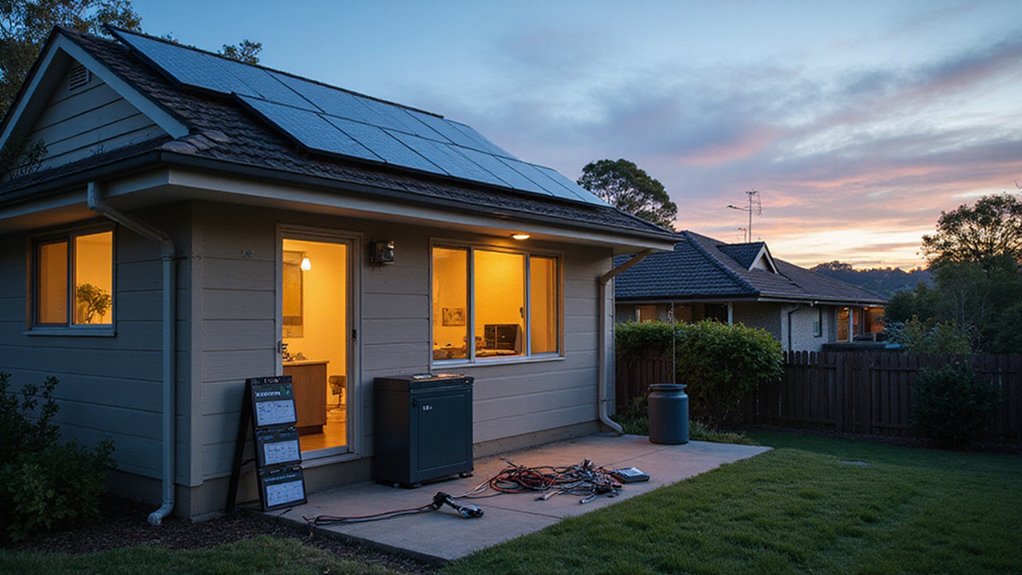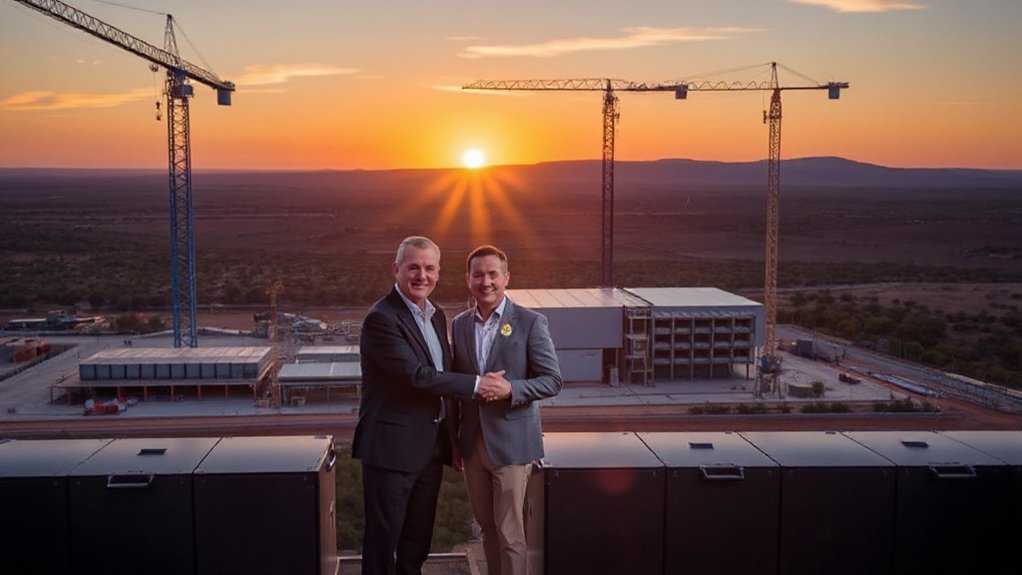While Victorian homeowners scrambled to grab interest-free battery loans, the state government pulled the plug. The Solar Victoria program, which offered up to $8,800 in interest-free loans for battery installations, stopped accepting new applications in May 2025. Talk about timing.
Victorian homeowners scrambled for battery loans as the state government yanked the program in May 2025.
For those keeping score, the program let homeowners retrofit existing solar systems or install new ones with battery storage. Four years to pay it back, zero interest. Sweet deal, right? Well, it was. Past tense. The 2025/26 Victorian Budget basically said “thanks for playing” and shifted priorities elsewhere.
Here’s the kicker: customers can still apply until June 30, 2025. After that? Nothing. No direct rebates either – those disappeared faster than free samples at Costco. The government blamed “revised policy directions and budget allocations,” which is bureaucrat-speak for “we found other things to spend money on.”
The program wasn’t exactly a free-for-all. Income limits applied, and only one loan per household – no double-dipping allowed. Households needed a combined taxable income under $210,000 per year to qualify. Batteries had to be high-performance units from approved brands like Tesla Powerwall 3, Sungrow SBR, and BYD Battery-Box. Installation? Only through Solar Victoria-approved retailers who jumped through all the compliance hoops.
The 2023-24 budget aimed for 4,500 approved applications. Whether they hit that target remains unclear, but the loan program definitely got the industry buzzing. Only 2036 approved in the first year, falling short of expectations. Retailers scrambled to update their offerings, adjust paperwork, and get on the approved lists. All that prep work, and now the party’s over.
But wait, there’s hope. Sort of. The federal government’s Cheaper Home Batteries Program kicks off July 1, 2025. Perfect timing to catch those who missed the Victorian boat. The shift feels intentional, pushing households from state to federal support. Despite these challenges, home battery systems remain crucial in addressing energy storage limitations that affect wider renewable energy adoption.
For Victorian homeowners sitting on the fence, the clock’s ticking. June 30, 2025, marks the end of an era. After that, it’s federal programs or nothing. The battery storage industry will survive – government incentives just shift from one pocket to another. But for Victorians who dragged their feet on applications, this particular ship has sailed.
References
- https://www.solar.vic.gov.au/solar-battery-loan
- https://solarpowernation.com.au/unlock-up-to-8800-with-victorias-solar-battery-loan-scheme-2025/
- https://pure-electric.com.au/news/vic-budget-25-26-battery-loan-no-longer-hot-water-rebate-another-year
- https://www.solarchoice.net.au/learn/solar-rebates/government-battery-rebate/
- https://sunergysolar.com.au/solar-battery-rebates-and-incentives-in-victoria-2025/








